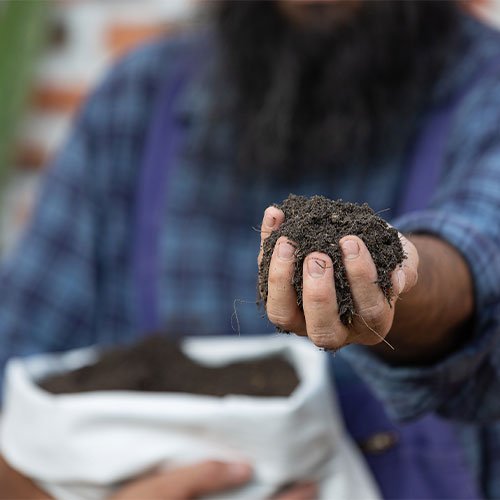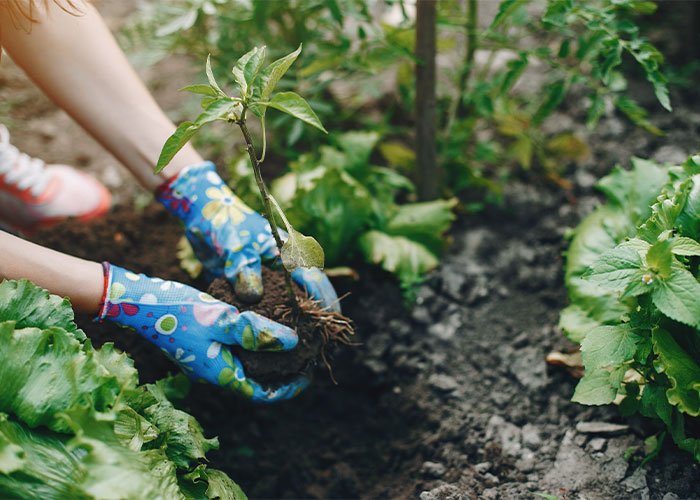Human waste
Human waste, also known as “biosolids”, can be used as a fertilizer due to its nutrient-rich composition. When treated properly, human waste can be transformed into a safe and effective fertilizer that provides nitrogen, phosphorus, and other essential nutrients to plants.


Human waste can be processed and treated to create different types of fertilizers.
01.
CompostComposting is the process of breaking down organic matter into a nutrient-rich soil amendment.
02.
Urine-based FertilizersUrine is a rich source of nitrogen, phosphorus, and potassium, which are essential nutrients for plant growth.
03.
BiocharBiochar is a type of charcoal that is produced by heating organic material in the absence of oxygen.
04.
Biogas SlurryBiogas is produced by the anaerobic digestion of organic material, including human waste.
Here are some general steps for creating fertilizer.
- Collection: Human waste can be collected using a variety of methods, such as dry toilets, composting toilets, or septic systems. If the waste is being collected from a septic system, it may need to be pumped out by a professional.
- Treatment: Human waste needs to be treated to make it safe for use as fertilizer. The specific treatment method will depend on the type of fertilizer you want to create. For example, if you want to create compost, the waste may need to be composted for a period of time to allow any harmful pathogens to break down.
- Processing: Once the waste has been treated, it may need to be processed further to create the desired type of fertilizer. For example, if you want to create urine-based fertilizer, the urine may need to be diluted with water and then packaged for use.
- Testing: It's important to test the fertilizer to ensure that it is safe and effective. This may involve testing for nutrient content, pH levels, and the presence of any harmful pathogens.ater and then packaged for use.
- Application: Finally, the fertilizer can be applied to plants or soil. The specific application method will depend on the type of fertilizer and the plants being grown.
It’s important to note that creating fertilizer from human waste can carry potential health risks if not done properly. It’s essential to follow safe handling and processing practices to ensure the fertilizer is safe for use.
Human waste fertilizer, also known as ``humanure``, is an eco-friendly and sustainable way of recycling human waste and turning it into a nutrient-rich fertilizer.
Here are some additional things to know about human waste fertilizer.
Human waste can be separated into two types: feces and urine. Feces is high in carbon and contains essential nutrients such as nitrogen, phosphorus, and potassium. Urine, on the other hand, is high in nitrogen and other important nutrients. By separating these two types of waste, it’s possible to create different types of fertilizers that are tailored to specific plants and soils.
Human waste needs to be treated to make it safe for use as fertilizer. Treatment methods may include composting, dehydration, pasteurization, or anaerobic digestion. These methods help break down harmful pathogens and convert the waste into a safe and nutrient-rich fertilizer.
Using human waste as fertilizer can have several benefits. For example, it can help reduce the amount of waste going into landfills, reduce water pollution from untreated sewage, and improve soil fertility. Additionally, because human waste is a readily available resource, using it as fertilizer can be a cost-effective way to improve agricultural yields.
When handling and processing human waste, it’s important to take precautions to protect against harmful pathogens. This may include using personal protective equipment, following safe handling and processing procedures, and testing the fertilizer to ensure that it is safe and effective.
Human waste fertilizer dangers
While using human waste as fertilizer can be an environmentally friendly and sustainable practice, there are potential dangers that need to be considered.
One of the main concerns is the potential presence of harmful pathogens in untreated human waste. These pathogens can cause illness if they come into contact with people or animals. Proper treatment and processing of human waste is critical to ensure that these pathogens are destroyed or eliminated.
To minimize these risks, it’s important to follow safe handling and processing practices when using human waste as fertilizer.
